Cabbage White Butterfly
- March 4, 2024
- 0 comment
The Cabbage White butterfly, scientifically known as Pieris rapae, is a common and widely distributed butterfly species found across various regions of the world, including Europe, Asia, North Africa, and North America. Known for its striking appearance, the Cabbage White butterfly features predominantly white wings adorned with black spots, with slight variations in color patterns based on gender and geographic location. These butterflies inhabit a range of environments, including gardens, meadows, agricultural fields, and urban areas, showcasing their adaptability to diverse habitats.

With a wingspan typically ranging from 1.5 to 2 inches, the Cabbage White butterfly undergoes a fascinating life cycle consisting of four stages: egg, larva (caterpillar), pupa (chrysalis), and adult. While admired for its beauty, the Cabbage White butterfly also poses challenges in agriculture, as its larvae feed voraciously on the leaves of host plants, primarily members of the brassica family, such as cabbage, broccoli, and kale. Despite their agricultural impact, these butterflies play a crucial role in ecosystems as pollinators, contributing to the reproduction of flowering plants. Overall, the Cabbage White butterfly remains a captivating insect species, embodying both beauty and ecological significance in the natural world.
| Specification | Description |
|---|---|
| Scientific Name | Pieris rapae |
| Common Name | Cabbage White butterfly |
| Distribution | Found across Europe, Asia, North Africa, and North America |
| Wingspan | Typically 1.5 to 2 inches |
| Wing Color | Predominantly white with black spots |
| Habitat | Gardens, meadows, agricultural fields, urban areas |
| Life Cycle | Consists of four stages: egg, larva (caterpillar), pupa (chrysalis), and adult |
| Host Plants | Members of the brassica family, such as cabbage, broccoli, kale |
| Feeding Habits | Larvae feed on host plant leaves, causing damage to crops |
| Ecological Role | Pollinators contributing to the reproduction of flowering plants |
| Importance | Significant impact on agriculture due to larval feeding habits |
| Natural Predators | Birds, spiders, predatory insects |
| Threats | Pesticides, habitat loss |
| Control Measures | Organic methods (e.g., introducing natural predators, crop rotation), chemical control (e.g., insecticides) |
| Symbolism | Transformation, resilience, beauty (in various cultures and folklore) |
Cabbage white butterflies are ubiquitous insects found in various parts of the world, known for their distinctive appearance and interesting life cycle. In this article, we will delve into the intriguing world of cabbage white butterflies, exploring their characteristics, behavior, ecological significance, and more.
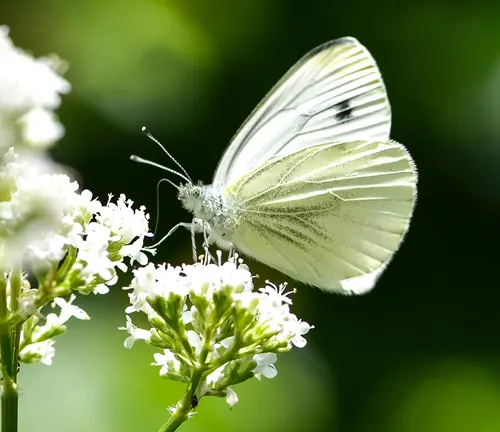
Cabbage white butterflies, scientifically known as Pieris rapae, belong to the family Pieridae. They are commonly found across Europe, Asia, North Africa, and North America. These butterflies are widely recognized for their white wings adorned with black spots, with variations in color patterns depending on gender and geographic location.
Description of Cabbage White Butterfly
Appearance
The Cabbage White butterfly (scientifically known as Pieris rapae) is characterized by its predominantly white wings adorned with black spots. The wingspan of these butterflies typically ranges from 1.5 to 2 inches. While the upper side of their wings is mostly white with black markings, the underside tends to be pale yellow or greenish-yellow. Variations in color patterns may occur based on gender and geographic location.
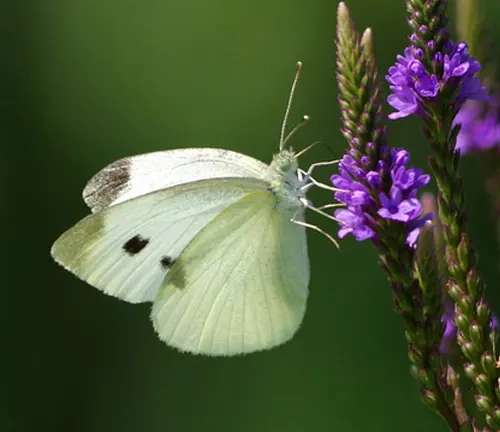
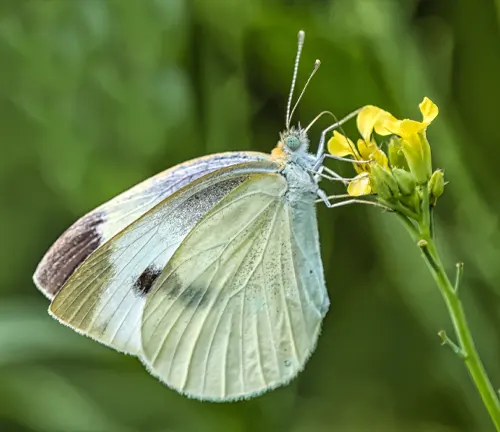
Habitat
Cabbage White butterflies are highly adaptable and can be found in various habitats, including gardens, meadows, agricultural fields, and urban areas. They are widely distributed across Europe, Asia, North Africa, and North America. These butterflies thrive in temperate climates and are particularly attracted to areas with suitable host plants for egg-laying and larval development. Members of the brassica family, such as cabbage, broccoli, and kale, serve as preferred host plants for Cabbage White butterflies.
Life Cycle of Cabbage White Butterfly
The life cycle of a cabbage white butterfly consists of four main stages: egg, larva (caterpillar), pupa (chrysalis), and adult.
Egg Stage
During the egg stage, female Cabbage White butterflies lay their eggs on the undersides of host plant leaves, typically members of the brassica family such as cabbage, broccoli, and kale. The eggs are small, oval-shaped, and usually pale yellow in color. After a few days, the eggs hatch, releasing tiny caterpillars known as larvae.
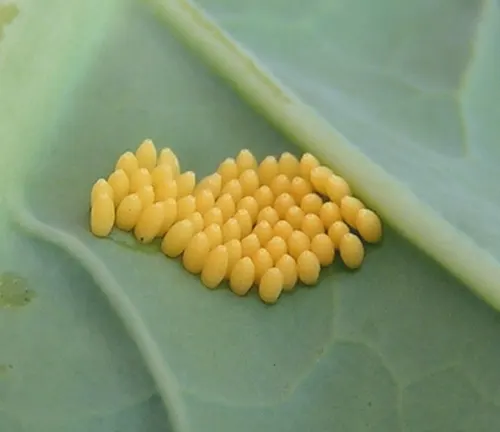
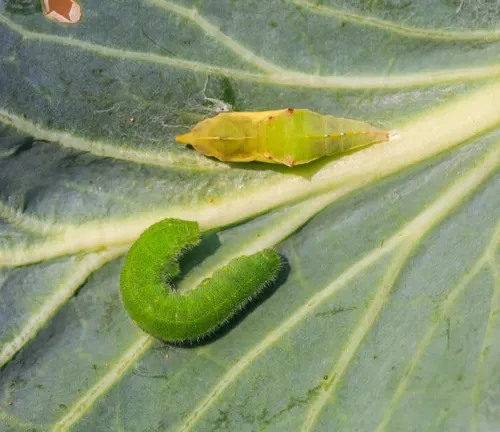
Larval Stage
In the larval stage, the newly hatched caterpillars, or larvae, begin to feed voraciously on the leaves of the host plants. As they consume plant material, they grow rapidly and undergo several molts to accommodate their increasing size. The larvae have cylindrical bodies with distinct segments and may exhibit green coloration to blend in with their surroundings.
Pupal Stage
After the larval stage is complete, the caterpillar enters the pupal stage, forming a protective casing called a chrysalis or pupa. Inside the pupa, the caterpillar undergoes metamorphosis, transforming into an adult butterfly. The pupa may be suspended from a plant stem or other structures, providing shelter until the transformation is complete.
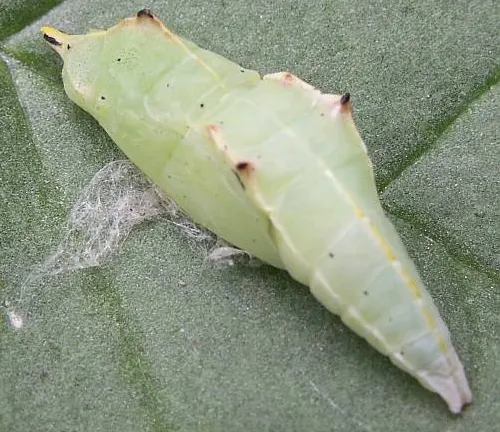
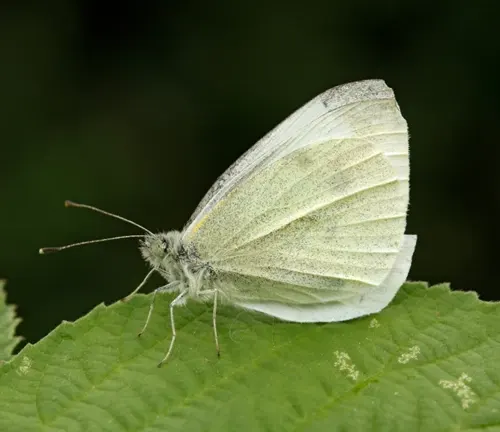
Adult Stage
Upon emerging from the pupa, the adult Cabbage White butterfly is fully formed and ready to mate and reproduce. The adult butterflies have wings adorned with the characteristic white coloration and black spots. They engage in behaviors such as feeding on nectar from flowers, mating, and laying eggs on suitable host plants, thus completing the life cycle and perpetuating the species.
Behavior and Habits
Feeding Habits
Cabbage White butterfly larvae, or caterpillars, are voracious feeders and primarily consume the leaves of host plants, particularly members of the brassica family such as cabbage, broccoli, and kale. Their feeding activity can cause significant damage to crops if left unchecked. In contrast, adult Cabbage White butterflies feed on nectar from a variety of flowering plants, serving as important pollinators in the ecosystem
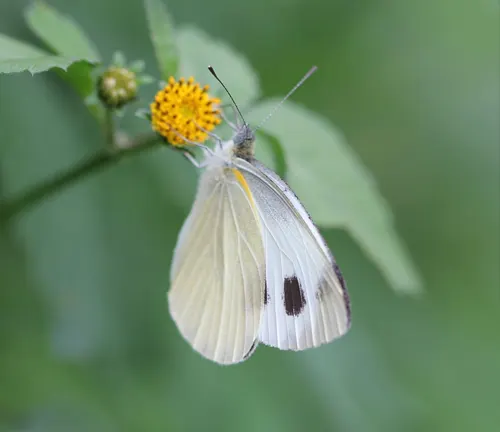
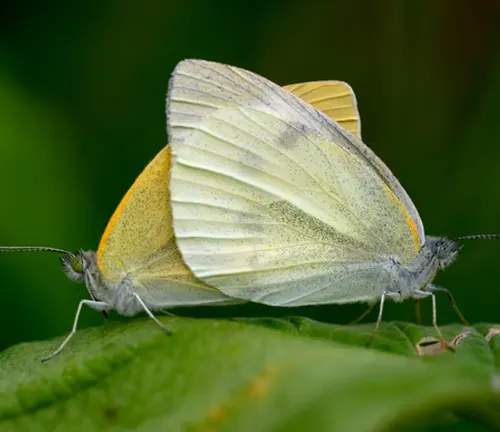
Mating Behavior
Adult Cabbage White butterflies engage in intricate courtship rituals to attract mates. Mating typically occurs during the warmer months when the butterflies are most active. Male butterflies exhibit behaviors such as aerial displays and pursuit flights to court females. Once a mate is chosen, the pair may engage in a mating ritual where they come together in a specific posture before copulation occurs.
Migration Patterns
While Cabbage White butterflies are not known for long-distance migrations like some other butterfly species, they may exhibit local movements in search of suitable breeding and feeding grounds. In regions with harsh winters, such as parts of North America and Europe, Cabbage White butterflies may migrate to warmer climates or overwinter in the pupal stage. However, their migration patterns are generally limited compared to species known for extensive seasonal movements.
Importance in Ecosystem
Ecological Role
Cabbage White butterflies play a significant ecological role as pollinators. While they primarily feed on nectar as adults, their visits to flowers facilitate the transfer of pollen, aiding in the reproduction of flowering plants. By pollinating a variety of plant species, Cabbage White butterflies contribute to the diversity and stability of ecosystems. Additionally, they serve as a food source for various predators, further supporting biodiversity.
Impact on Agriculture
While Cabbage White butterflies contribute to pollination, their larvae can have a detrimental impact on agriculture. The voracious feeding habits of Cabbage White caterpillars can cause significant damage to crops, particularly those in the brassica family such as cabbage, broccoli, and kale. Severe infestations can result in defoliation and reduced yields, leading to economic losses for farmers. As a result, Cabbage White butterflies are considered pests in agricultural settings, and efforts are often made to control their populations to minimize crop damage.
Natural Predators and Threats
Natural Predators
Cabbage White butterflies have several natural predators that play a role in controlling their populations. Predatory birds such as sparrows and finches feed on adult butterflies, while spiders capture them in their webs. Additionally, various insect predators, including ladybugs, lacewings, and parasitic wasps, target Cabbage White butterfly eggs, larvae, and pupae. These natural predators help maintain ecological balance by keeping Cabbage White butterfly populations in check.
Threats
Despite their natural defenses against predators, Cabbage White butterflies face threats from human activities and environmental factors. Pesticide use in agricultural settings can pose a significant threat to butterfly populations, particularly when broad-spectrum insecticides are applied indiscriminately. Habitat loss and fragmentation due to urbanization, deforestation, and agricultural expansion also threaten the survival of Cabbage White butterflies by reducing available breeding and feeding habitats. Climate change may also impact butterfly populations by altering temperature and precipitation patterns, affecting their distribution and abundance. Conservation efforts are essential to mitigate these threats and ensure the continued survival of Cabbage White butterflies in their natural habitats.
Control Measures
Various methods can be employed to control cabbage white butterfly populations, including both organic and chemical approaches.
Organic Methods
Organic methods of controlling Cabbage White butterfly populations involve using natural and environmentally friendly techniques to manage their numbers. These methods include:
- Introduction of Natural Predators: Introducing natural enemies of Cabbage White butterflies, such as predatory insects like ladybugs, lacewings, and parasitic wasps, can help keep their populations in check.
- Crop Rotation: Rotating crops in agricultural fields can disrupt the life cycle of Cabbage White butterflies by preventing them from consistently finding suitable host plants for egg-laying and larval development.
- Physical Barriers: Using physical barriers such as floating row covers or netting can prevent adult butterflies from accessing host plants and laying eggs, thereby reducing damage to crops.
- Biological Controls: Utilizing biological control agents, such as microbial insecticides or insect pathogens, that specifically target Cabbage White butterfly larvae can be an effective organic method of population control.
Chemical Control
Chemical control measures involve the use of synthetic insecticides to manage Cabbage White butterfly populations. While chemical control can be highly effective in reducing butterfly numbers, it also carries potential risks to non-target organisms and the environment. Some common chemical control methods include:
- Insecticidal Sprays: Application of insecticidal sprays, either synthetic or derived from natural sources, directly targets Cabbage White butterfly larvae on host plants, effectively reducing their populations.
- Systemic Insecticides: Systemic insecticides are absorbed by plants and transported throughout their tissues, making them toxic to feeding larvae. This method provides long-lasting control but may also affect beneficial insects and other non-target organisms.
- Bait Traps: Bait traps containing insecticidal baits can be used to attract and eliminate adult Cabbage White butterflies, reducing egg-laying and larval infestations in agricultural settings.
Different Species
Large White
(Pieris brassicae)
This species, also known as the Cabbage Butterfly or Cabbage White, is larger than the Small White and has similar white wings with black spots. It is found in Europe, Asia, and North Africa.
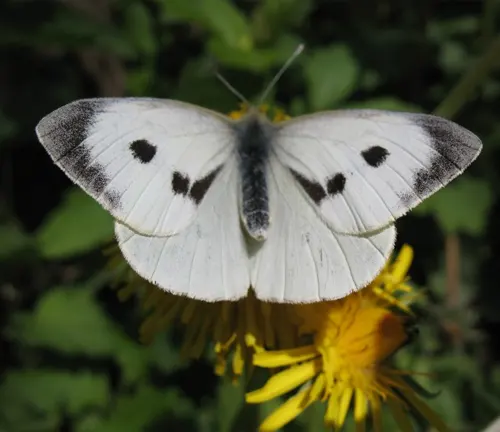
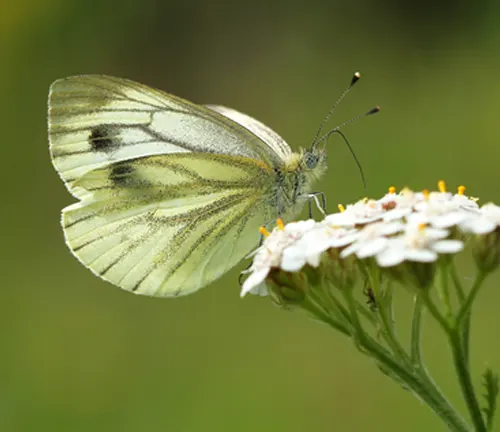
Green-veined White
(Pieris napi)
Unlike the predominantly white wings of the Small White, the Green-veined White has greenish-tinged wings with prominent veins. It is found across Europe, Asia, and North America.
Mustard White
(Pieris oleracea)
Native to North America, the Mustard White closely resembles the Small White but has a more limited distribution, primarily in the eastern United States and Canada.
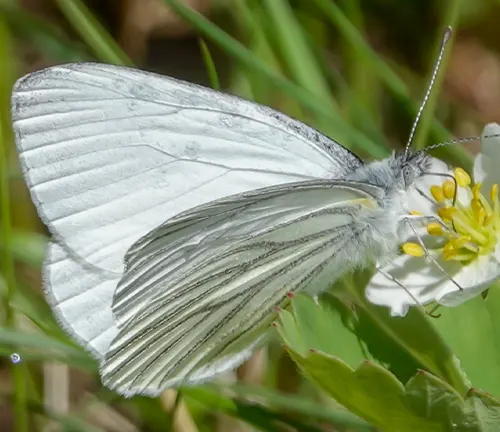
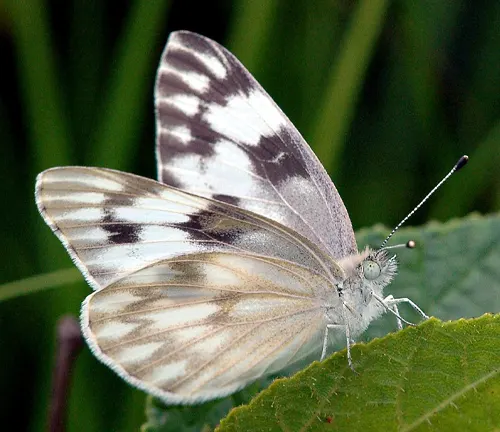
Checkered White
(Pontia protodice)
This species, also known as the Southern Cabbage Butterfly, has white wings with black markings arranged in a checkered pattern. It is found in North and Central America.
Frequently Asked Questions (FAQs)
- What is the scientific name of the Cabbage White butterfly?
The scientific name of the Cabbage White butterfly is Pieris rapae. - Where are Cabbage White butterflies found?
Cabbage White butterflies are found across various regions of the world, including Europe, Asia, North Africa, and North America. - How can I identify a Cabbage White butterfly?
Cabbage White butterflies are typically identified by their predominantly white wings with black spots. The underside of their wings is usually pale yellow or greenish-yellow. - What do Cabbage White butterflies eat?
Cabbage White butterfly larvae primarily feed on the leaves of host plants, particularly members of the brassica family such as cabbage, broccoli, and kale. - Do Cabbage White butterflies have any predators?
Yes, Cabbage White butterflies have predators including birds, spiders, and predatory insects. - What is the life cycle of a Cabbage White butterfly?
The life cycle of a Cabbage White butterfly consists of four stages: egg, larva (caterpillar), pupa (chrysalis), and adult. - How do Cabbage White butterflies contribute to the ecosystem?
Cabbage White butterflies contribute to the ecosystem as pollinators, aiding in the reproduction of flowering plants. - Are Cabbage White butterflies attracted to specific plants?
Yes, female Cabbage White butterflies are attracted to specific plants for laying eggs, particularly members of the brassica family. - Do Cabbage White butterflies hibernate during winter?
Cabbage White butterflies do not hibernate during winter. Instead, they may migrate to warmer regions or overwinter in the pupal stage. - What are some natural ways to control Cabbage White butterfly populations?
Natural ways to control Cabbage White butterfly populations include introducing natural predators, practicing crop rotation, and using physical barriers such as netting. - Are there any folklore or cultural beliefs associated with Cabbage White butterflies?
Yes, Cabbage White butterflies have significance in various cultures and folklore, often symbolizing transformation, resilience, and beauty. - Can Cabbage White butterflies be kept as pets?
While Cabbage White butterflies can be observed and studied in captivity, they are not typically kept as pets. - Do Cabbage White butterflies have any unique behaviors?
Cabbage White butterflies exhibit unique behaviors such as intricate courtship rituals and migration patterns. - How can I attract Cabbage White butterflies to my garden?
To attract Cabbage White butterflies to your garden, you can plant nectar-rich flowers and host plants such as members of the brassica family. - What are the differences between male and female Cabbage White butterflies?
The differences between male and female Cabbage White butterflies may include variations in wing coloration and size, as well as differences in behavior during mating and egg-laying.


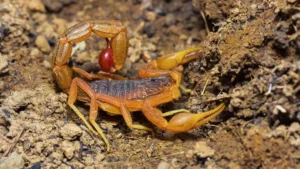
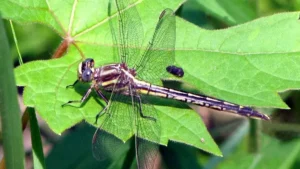
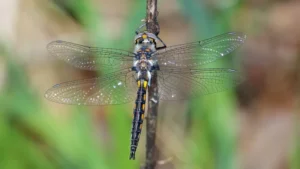
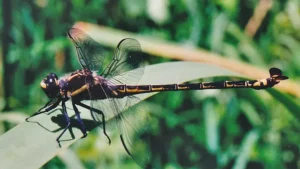

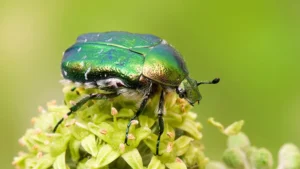
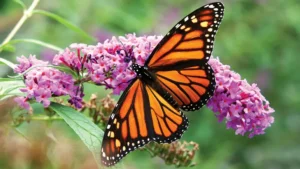



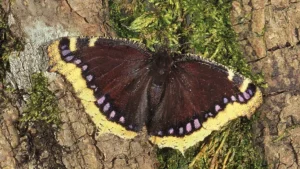
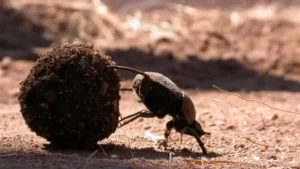
Leave your comment